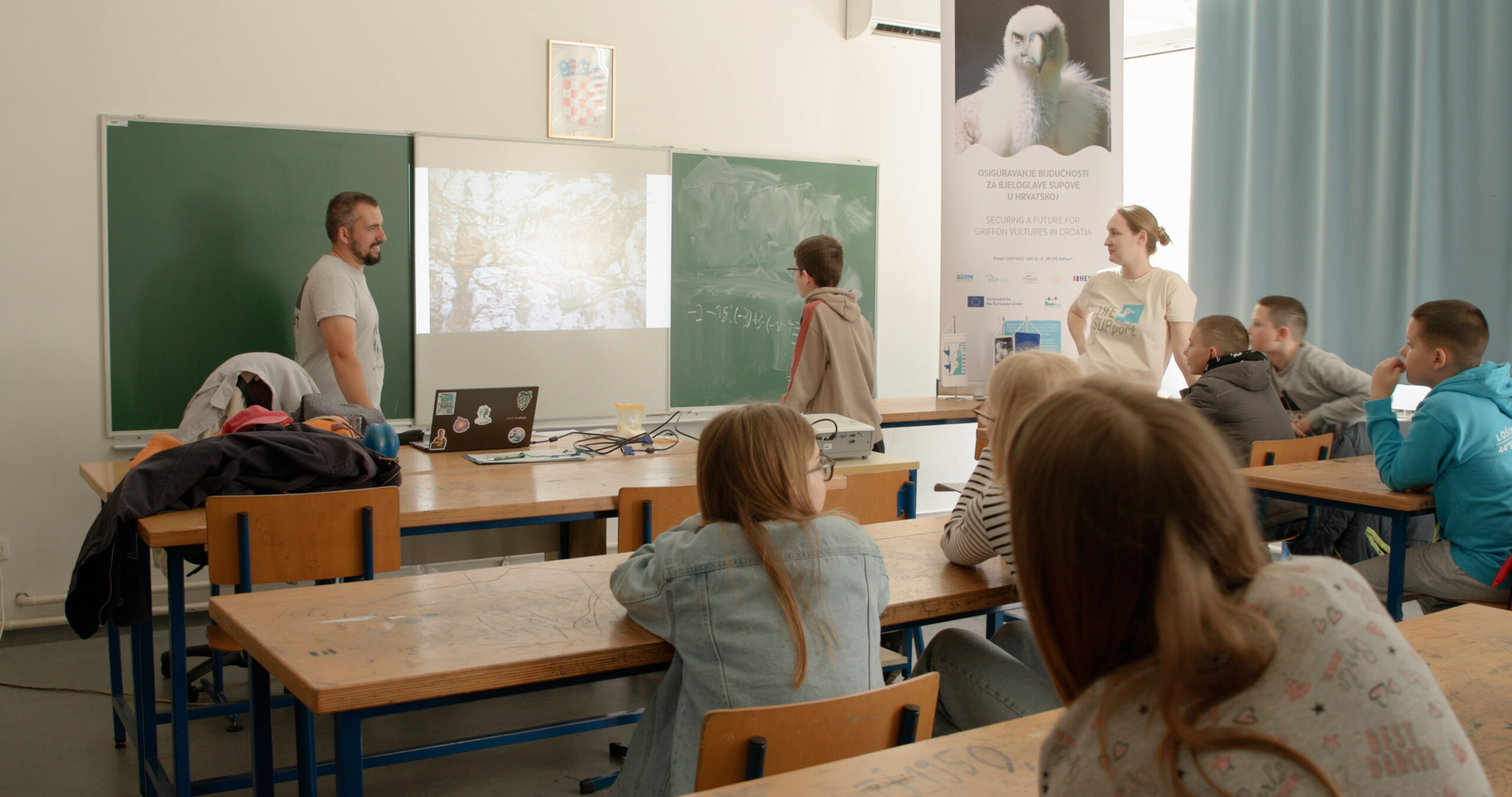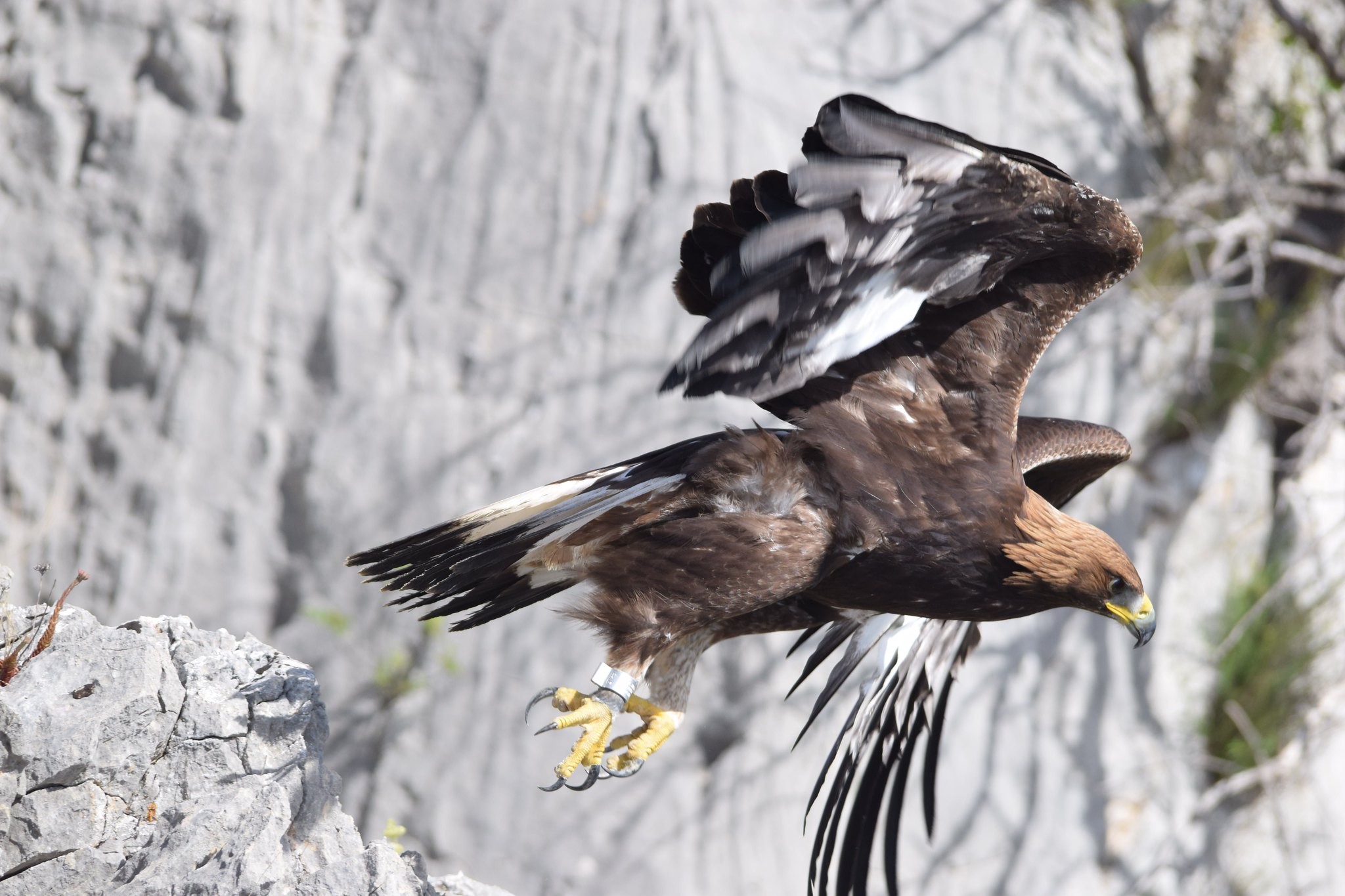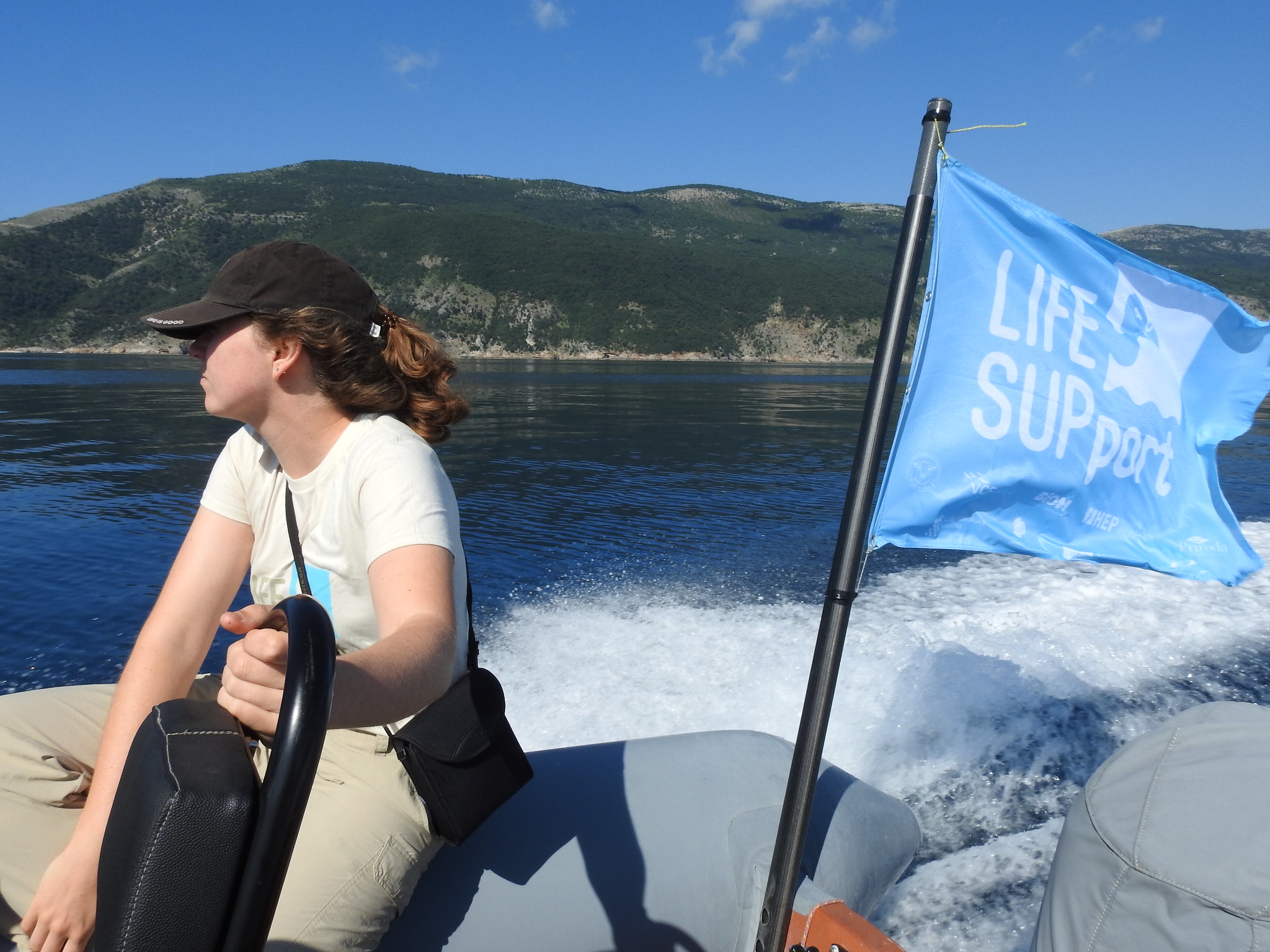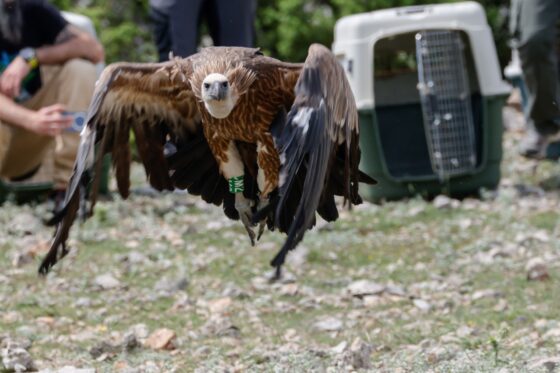
Eight juvenile individuals of strictly protected species of griffon vultures were released from the Beli Rescue Centre for Griffon Vultures on Cres. These birds had to spend some time rehabilitating due to unfortunate circumstances, lack of experience, or health issues, but now they are back in their natural habitat.
“Since 2016 we have successfully rehabilitated 37 individuals from the rescue centre! The work on safeguarding a species that is strictly protected and so charismatic, as these vultures are, is an extremely challenging, complex, and long lasting process that involves multiple parties and partners all through the year and at multiple levels, from Primorje-Gorski Kotar County, overarching Ministry, Zagreb ZOO, scientific and local communities, and many others.” points out Marko Modrić, director of Public institution ‘Priroda’ that manages Beli Rescue Centre for Griffon Vultures on Cres.
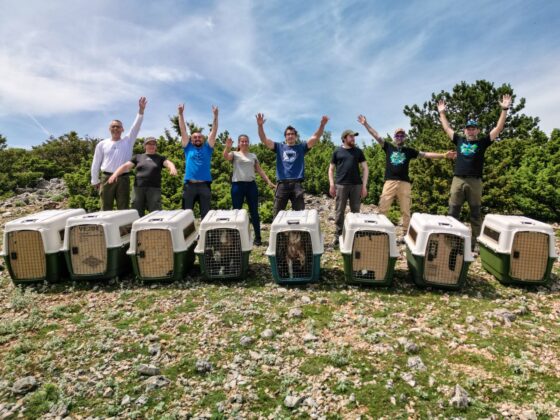
Some of the birds released over the previous years are alive and healthy which we know thanks to the noticeable plastic leg rings or small GPS trackers. Of the eight birds released now three are equipped with these solar powered trackers.
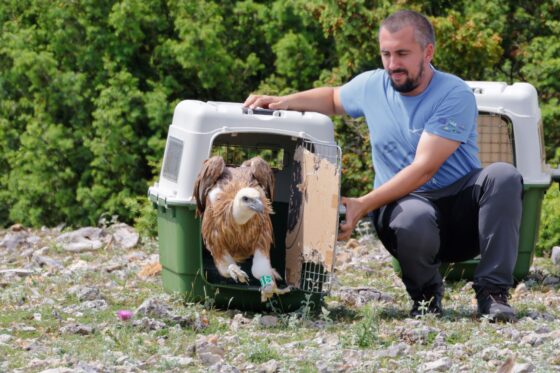
Tagging the birds with trackers and telemetry monitoring in order to obtain valuable data on their movement and territory use, in Kvarner area and more, is part of the LIFE SUPport project, where BIOM is a leading partner.
“Majority of the birds that were released are young individuals and will spend the first few years of their life wondering around Europe or even further away, so it is difficult to say with certainty how long and if they will remain in Kvarner. One of the positive conservation methods is the existence of purposeful griffon vulture feeding stations on Cres and Učka with another station being planned on island Krk through the LIFE SUPport project.” project leader Dubravko Dender says.
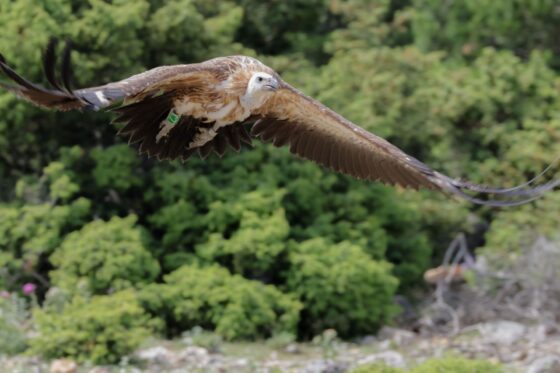
During June yearly population monitoring that is part of the LIFE SUPport project will also be finalised which will determine the total number of breeding pairs as well as young birds that are ready to leave the safety of the nest. Organisations involved in this project expect good results which will show an upward population trend of Croatia’s only vulture species.
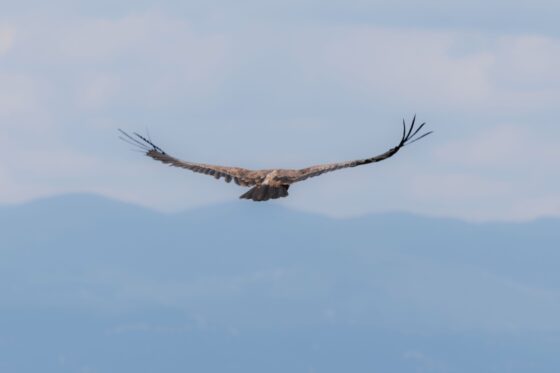
Translated by: Nika Vuletić




